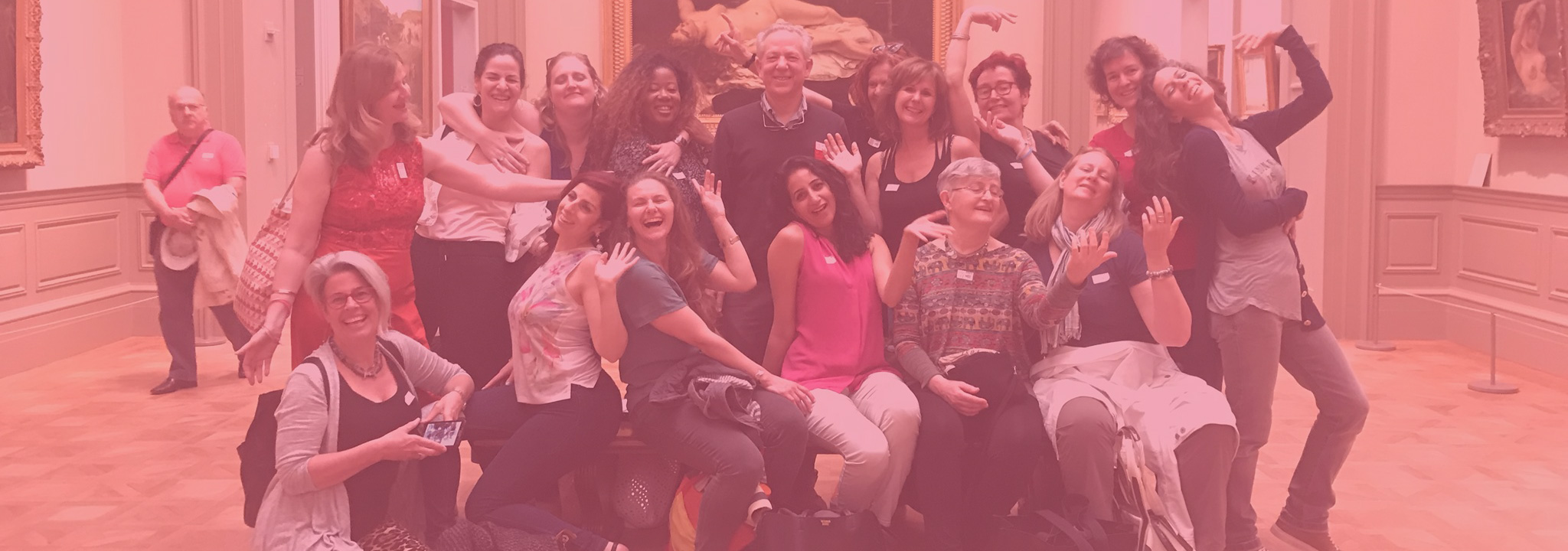
11 Dec Lucrezia Borgia, Duchess of Ferrara
Say the name “Lucrezia Borgia,” and what do you think of? Incest and poison are probably the first things that come to mind. Lucrezia was born (in 1480), supposedly an illegitimate daughter of Pope Alexander VI (Rodrigo de Borgia). And from that point on, she went from one nefarious deed to another, bearing an illegitimate son, engaging in incest with her father and/or her famous brother Cesare, poisoning people left and right—she supposedly had a hollow ring with poison-tipped pins she could use to prick her victims. In short, she was the original “nasty woman.”
The fact is, however, that all of this is unsubstantiated rumor—Renaissance fake news. Her family was one of the few non-Italian families in papal politics and widely hated by their Italian rivals. Alexander was also the first Pope in a long time to successfully enforce his claim to the so-called Papal States, which Cesare mostly reconquered for the papacy from Italian aristocratic families—increasing the hatred directed at the Borgias. And Cesare (the inspiration for Macchiavelli’s The Prince) certainly played power politics in a brutal way, happily having enemies and ex-friends murdered. But what this means is that you have to be very careful about believing the things their contemporaries said about them. Think of the crazy rumors people believe nowadays. And imagine how much worse it was in a time when there was no objective way to verify or disprove rumors: no photographs, no films, no recordings, etc.. And think how many of the rumors are about sex.. So what do we really know about Lucia?
To start with, we barely know what she looked like. We are told she was beautiful, graceful, and blonde, and since people only wanted to say negative things about her, I think we can accept the positive things they felt compelled to say as true. There is one bronze medal that we are certain is an image of her and several paintings, including the below (a St. Catherine by Pinturicchio from Pope Alexander’s chapel in the Vatican) that might possibly represent her. She was the daughter of a woman named Vanozza de Catanei, and sister of Cesare (and other brothers). It is not even certain that they were the Pope’s children; one scholar has recently argued that they were instead merely his orphaned nephews and niece.
The main plot of Lucrezia’s life revolved around her marriages: her family used marriage to her to make political alliances and felt free to break off her marriages when they were no longer useful. They forced her first husband to state that he was impotent–although he had children from an earlier marriage–and accept the annulment of his marriage. Her brother had her second husband assassinated, seemingly over her objections. Her third marriage, to Alfonso d’Este, Duke of Ferrara, was long and successful and survived her “father” and brother.
Get tickets and tour schedule info —> Book Now
It is easy to see how a woman who played a part in the political machinations of a powerful family could be the subject of rumors, but there is really nothing to suggest that she engaged in incest or poisoning. A child was born to the Borgia family under mysterious circumstances between her first two marriages, and we hear a rumor that it was hers. This is of course possible, but it is equally likely that it was a bastard of Cesare’s, who was very much a man about town and had at least 11 bastard children.
One thing we often hear is that she sat in on meetings with the Pope, helped with his correspondence, or even responded to letters for him. This leads me to wonder if she was just one of those women whose competence and intelligence frighten people, the victim of misogyny. Certainly her years as the respected and active Duchess of Ferrara argue that she was both capable and respectable—by the standards of the time: she did have some very romantic extra-marrital relationships, but again, there is no proof that they were sexual…..




